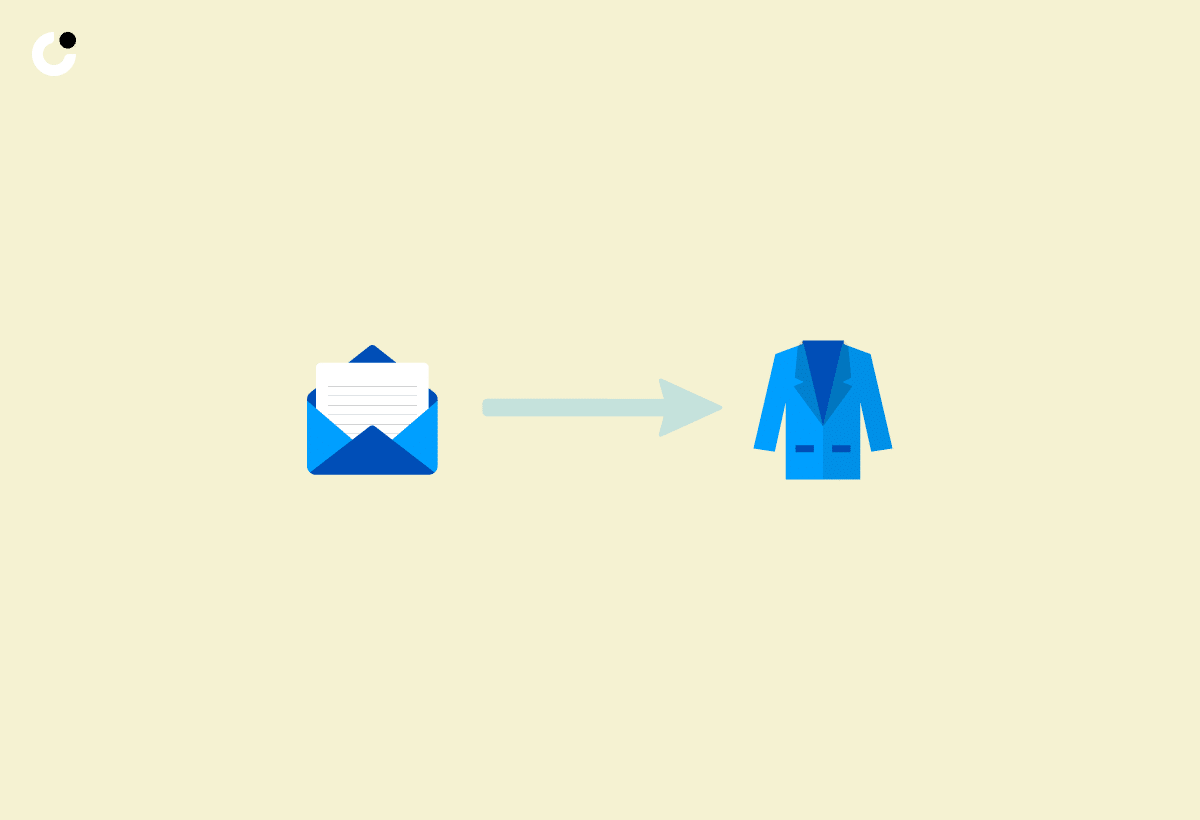Are you struggling to get a response from CEOs when sending cold emails? You’re not alone. The art of crafting an effective cold email that grabs a busy CEO’s attention can feel like an insurmountable challenge. But fear not, this comprehensive guide is designed to help you master the art of cold emailing CEOs strategies by understanding their mindset, crafting irresistible subject lines, building rapport, and persuasively conveying your message.
Dive into this treasure trove of information and learn from our experience of successfully connecting with c-suite decision-makers. Uncover the secrets to crafting cold emails that not only get opened but also elicit a response from the most elusive CEOs using cold email CEO techniques.
Key Takeaways
- Understand the CEO Mindset & prioritize busy schedules
- Personalize emails with relevant subject lines and demonstrate value
- Utilize persuasive messaging, social proof, call to action & timing for maximum impact
Understanding the CEO Mindset

Comprehending the CEO mindset is the foundation of a successful cold email campaign. CEOs are constantly bombarded with emails, and understanding the factors that drive their decision-making will help you stand out from the crowd. The key factors that influence CEOs’ decisions include their busy schedules, decision-making processes, and priorities.
To craft cold emails effectively, it’s crucial to address certain factors that can enhance your probability of reaching the right person and getting a response by providing relevant information to your target audience, ensuring that VCs personally read your message.
Gaining insight into the CEO mindset will provide you with a competitive edge when crafting cold emails. Appealing to their priorities and addressing their pain points will bring you one step closer to capturing the attention of the most sought-after CEOs.
Busy Schedules

One of the most crucial factors when cold emailing a CEO is acknowledging their limited time. CEOs often have hectic schedules, making it essential for your cold email to be concise and impactful. It’s suggested that a cold email to a CEO should be between 5-15 lines or up to 150 words. Keeping your email brief and to the point minimizes the likelihood of it getting overlooked in their busy lives.
A key aspect of personalizing your cold email is addressing the CEO by name or job title. This demonstrates that you’ve done your research and are addressing the right person, increasing the chances of getting a response.
Decision-Making Process

Understanding how CEOs make decisions is crucial for tailoring your cold email accordingly. CEOs are high-level decision-makers who focus on solving problems and achieving company goals. Crafting a well-formed email that highlights how your product or service addresses user needs can elevate your chances of catching the CEO’s attention and getting a response.
When attempting to contact a CEO, consider the following options:
- Telephone: CEOs may prefer this form of communication, so be prepared to make a phone call.
- Email: Send a professional and concise email, highlighting the purpose of your communication.
- In-person meeting: If possible, arrange an in-person meeting. CEOs may appreciate the opportunity to meet face-to-face.
Accommodating their preferred communication method demonstrates your willingness to adapt and cater to their needs, thus increasing the likelihood of a successful connection.
Priorities
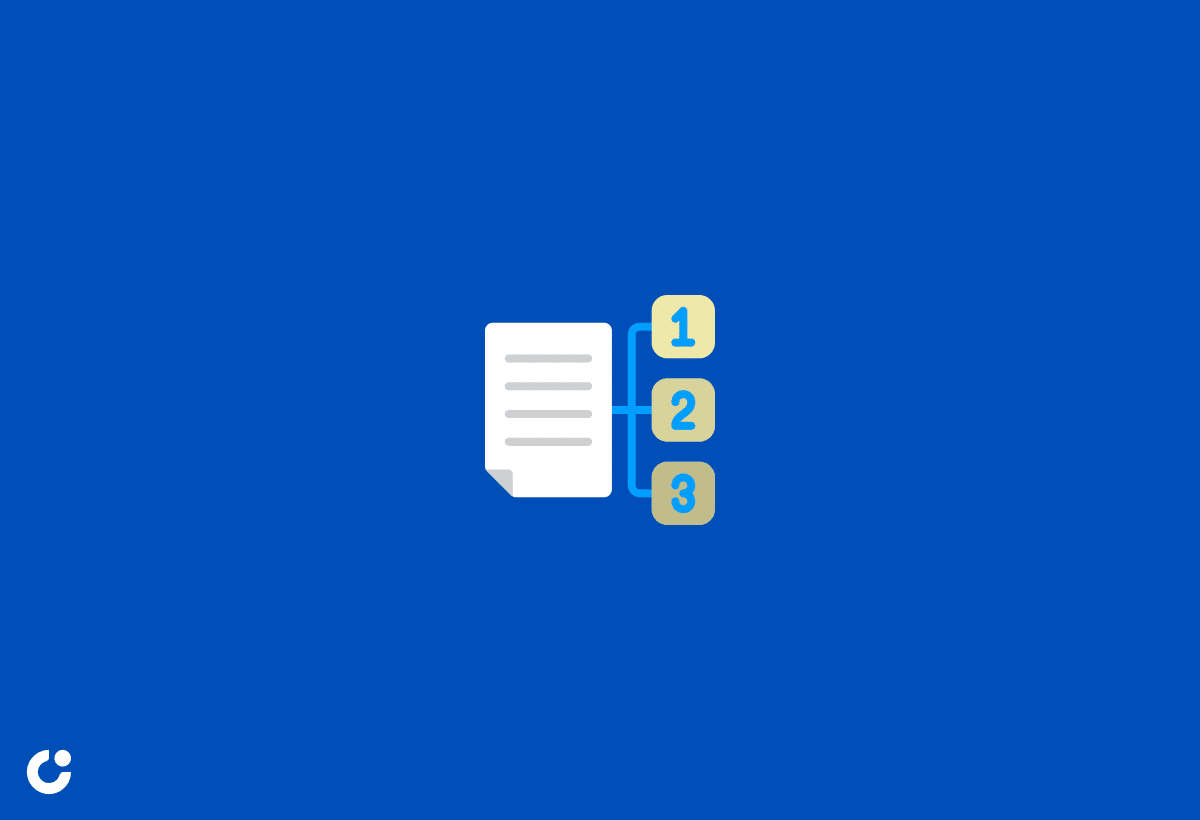
Aligning your cold email with the CEO’s priorities is vital for increasing the chances of a response. CEOs are focused on achieving company goals and addressing pressing issues. Crafting a cold email that speaks directly to their priorities demonstrates an understanding of their needs and showcases how your product or service can help them meet their objectives.
It’s important to be aware that CEOs often prioritize face-to-face meetings. When reaching out, consider offering the option of an in-person meeting as a way to accommodate their preferences and increase the likelihood of a positive response.
Crafting an Irresistible Subject Line
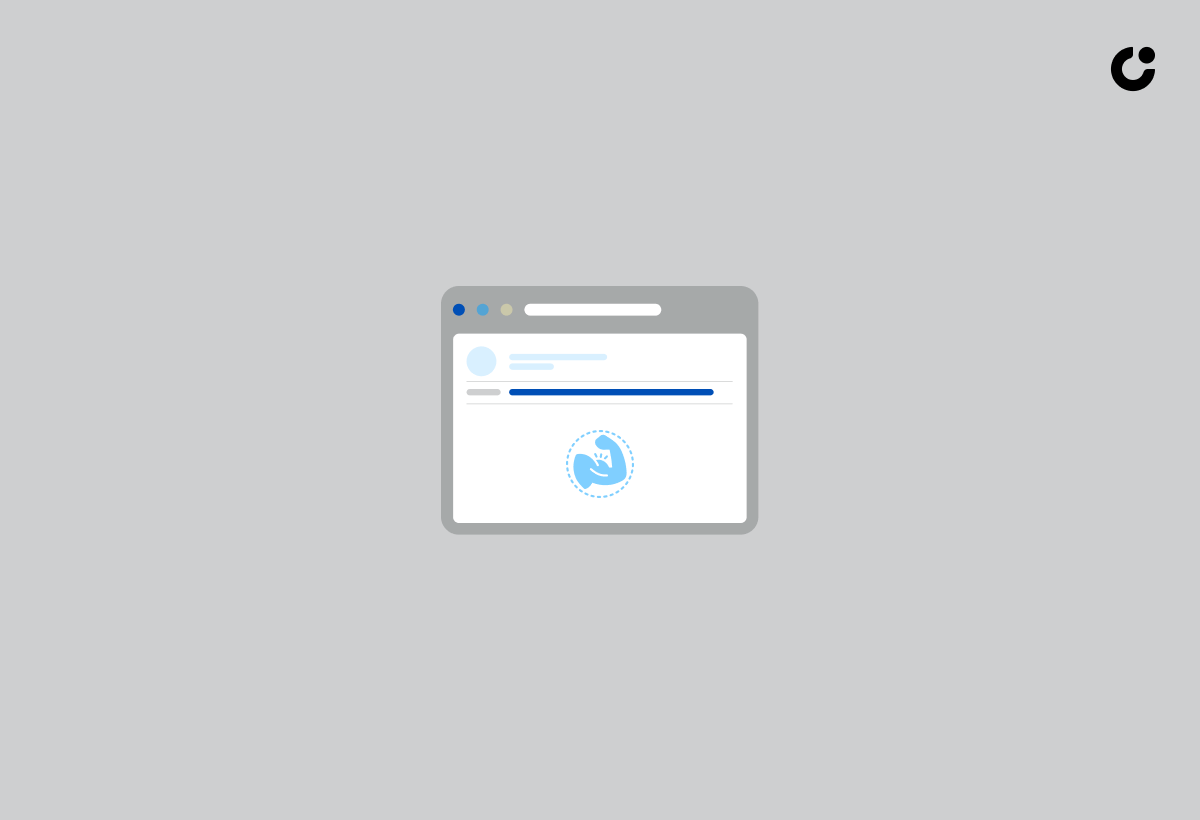
The subject line is the entry point to your cold email and plays a crucial role in capturing the CEO’s attention. To craft an irresistible subject line that grabs their attention, focus on personalization, relevance, and brevity. A well-crafted subject line increases the chances of your email being opened and read, setting the stage for a successful connection with the CEO.
Keep in mind that the recommended length for a subject line is between 2 and 6 words. A short and sweet subject line is more likely to catch the eye in a cluttered inbox and entice the CEO to open your email.
Personalization

Using the CEO’s name or a reference to their company in the subject line makes it more appealing and personalized. Personalization is a powerful tool for grabbing the CEO’s attention and making your cold email stand out among the countless others vying for their time.
In addition to using the CEO’s name, you can also tailor the subject line by referencing a recent event or accomplishment related to their company or industry, or by including their company name. This demonstrates your awareness of their business and showcases the relevance of your email, further increasing the chances of a response.
Relevance
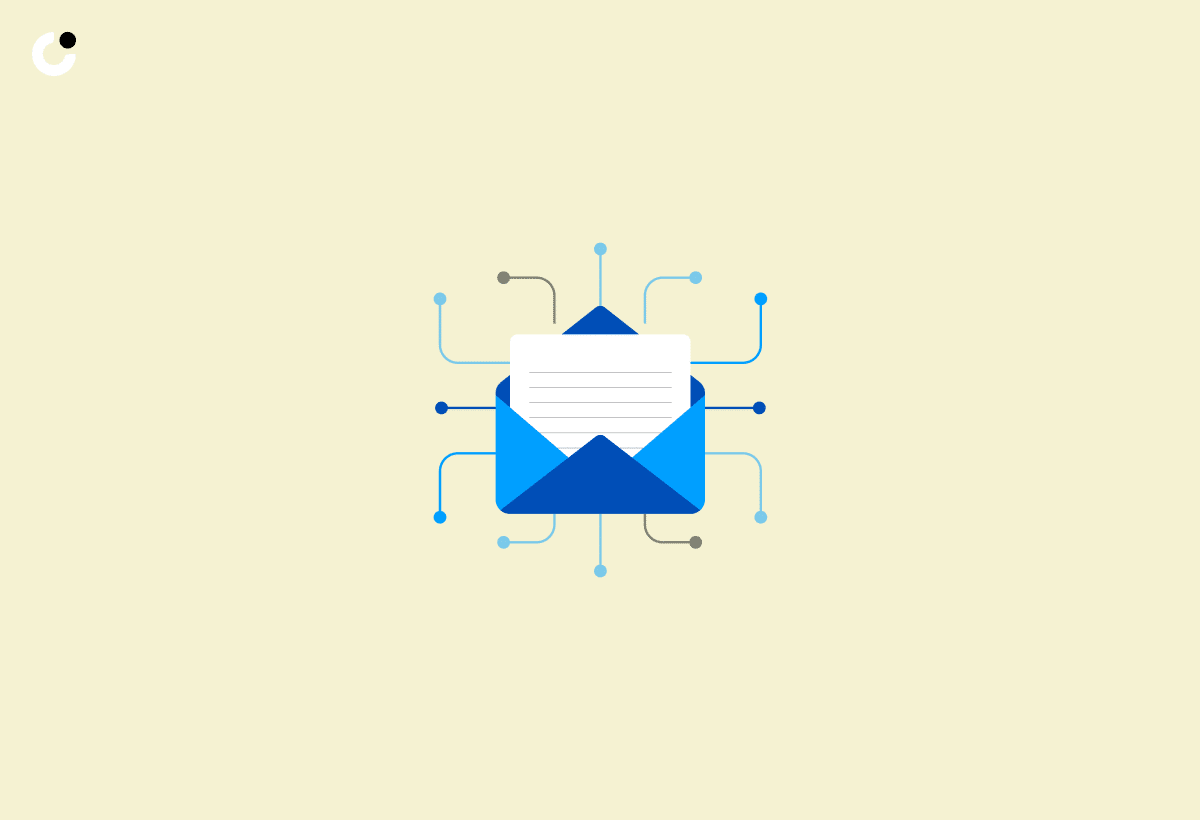
Ensuring the subject line is relevant to the CEO’s interests or pain points is vital for capturing their attention. By creating a subject line that speaks directly to their needs, you demonstrate an understanding of their priorities and increase the likelihood of your email being opened and read.
One strategy for crafting a compelling subject line is the “knocking on the front door” approach, which involves using attention-grabbing language that stands out in subject lines. For example, “Discover how our solution boosted Company X’s revenue by 25%” showcases the potential benefits and relevance of your email to the CEO’s interests.
Brevity

Brevity is crucial when crafting a subject line for a cold email to a CEO. A short and concise subject line increases the chances of your email being opened and read. Aim for a subject line length of between 2 and 6 words to maximize open rates.
Keeping your subject line short and to the point minimizes the likelihood of it getting overlooked in a busy CEO’s inbox. Combined with personalization and relevance, brevity is a powerful tool for crafting an irresistible subject line that grabs the CEO’s attention.
Building Rapport in Your Cold Email

Establishing a connection with the CEO in your cold email is essential for increasing the chances of a response. Personalizing the message, clearly demonstrating the value of your proposal, and being genuine helps build rapport with the CEO and foster a connection that can lead to further communication.
In addition to establishing rapport, it’s important to maintain a respectful and professional tone throughout your cold email. Avoid using overly salesy language or making exaggerated claims, as this can damage your credibility and hinder your chances of building a relationship with the CEO.
Personalization

Using the CEO’s name and referencing their company or industry in your cold email helps make it feel tailored and personalized. By addressing the CEO directly and mentioning specific aspects of their business, you demonstrate that you’ve done your research and understand their needs.
In addition to using the CEO’s name, consider referencing a mutual connection or shared interest to further personalize your email. This can help build rapport and increase the likelihood of a response from the busy CEO.
Demonstrate Value

Showing how your product or service can solve a problem or help the CEO achieve their goals is crucial for establishing rapport and eliciting a response. Articulating how your offering addresses the CEO’s needs and challenges demonstrates your understanding of their priorities and showcases the value you can bring to their business.
Utilize storytelling and provide concrete examples of how your product or service has helped other organizations overcome similar challenges. This helps build credibility and reinforces the value proposition of your offering, increasing the chances of a response from the CEO.
Authenticity

Being genuine in your cold email is essential for building rapport and fostering trust when cold emailing CEOs. Avoid using overly salesy language or making exaggerated claims, as this can damage your credibility and hinder your chances of establishing a connection.
Instead, focus on being honest and transparent about your offering and its potential benefits. By showcasing your authenticity and avoiding pushy tactics, you increase the likelihood of the CEO responding to your cold email and engaging in further communication.
The Art of Persuasive Messaging

Crafting a persuasive message is essential for capturing the CEO’s attention and eliciting a response. Here are some tips to create a compelling message:
- Focus on the benefits of your product or service.
- Use social proof to demonstrate the value and credibility of your offering.
- Include a clear call-to-action that tells the CEO what you want them to do.
By following these tips, you can create a persuasive message that encourages the CEO to take the desired action, much like the impact Steve Jobs had on his audience.
A well-crafted persuasive message not only piques the CEO’s interest but also motivates them to engage with your offering. By honing your persuasive messaging skills, you can improve the effectiveness of your cold emails and increase the chances of connecting with high-level decision-makers.
Focus on Benefits

Highlighting the benefits of your product or service, rather than simply listing features, is key to crafting a persuasive message. By emphasizing how your offering can address the CEO’s needs and challenges, you demonstrate your understanding of their priorities and showcase the value you can bring to their business.
Utilize storytelling and provide concrete examples of how your product or service has helped other organizations overcome similar challenges. This helps build credibility and reinforces the value proposition of your offering, increasing the chances of a response from the CEO.
Use Social Proof

Including testimonials, case studies, or well-known customers in your cold email can help build credibility and strengthen your persuasive message. Social proof is a powerful tool that can reassure the CEO that your product or service is both reliable and effective.
Showcasing the success of your offering through social proof can enhance the likelihood of the CEO responding to your cold email and engaging with your product or service. This, in turn, can lead to a successful connection and potentially long-lasting business relationship.
Clear Call-to-Action

Including a clear and concise call-to-action (CTA) in your cold email is essential for making it easy for the CEO to take the next step. A well-crafted CTA not only guides the CEO towards the desired action but also helps maintain focus on the primary purpose of your email.
To ensure your CTA is clear and concise, use straightforward language and avoid lengthy sentences. Make sure the CTA is the primary focus of the email, and that it is easily understood by the CEO.
Timing Your Cold Email

Sending your cold email at the right time can significantly increase the chances of a response from the CEO. Research suggests that the optimal time to send a cold email is on Tuesdays and Thursdays between 8:00 AM and 12:00 PM.
Timing your cold email strategically enhances the probability of it being seen and read by the busy CEO. This, in turn, can lead to a higher response rate and a greater chance of establishing a connection with the decision-maker.
Following Up with Persistence and Tact
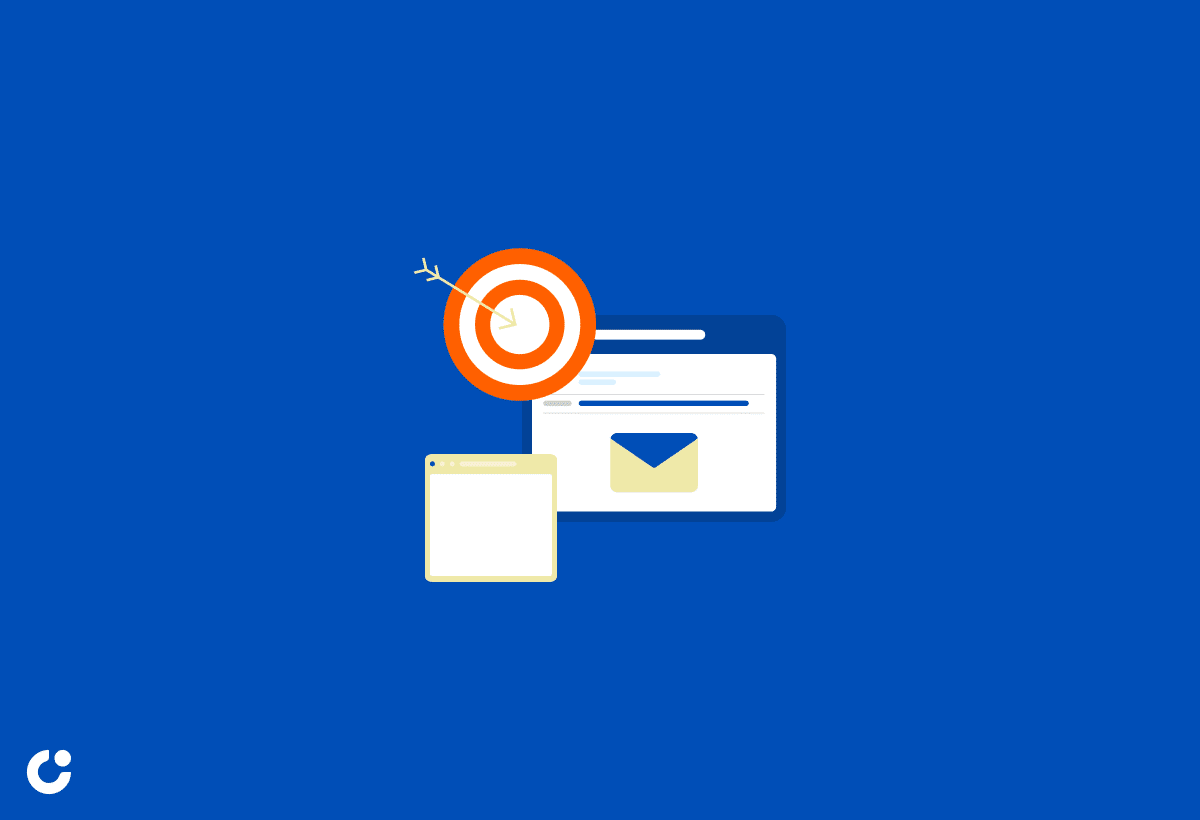
Following up on your cold email with persistence and tact is essential for maintaining a positive relationship with the CEO and increasing the chances of a response. When following up, be polite and respectful, and avoid sending too many emails that may come across as pushy or annoying.
Being patient and understanding in your follow-ups demonstrates a willingness to accommodate the CEO’s busy schedule and reinforces your commitment to building a successful business relationship.
5 High-Converting Cold Email Templates for CEOs
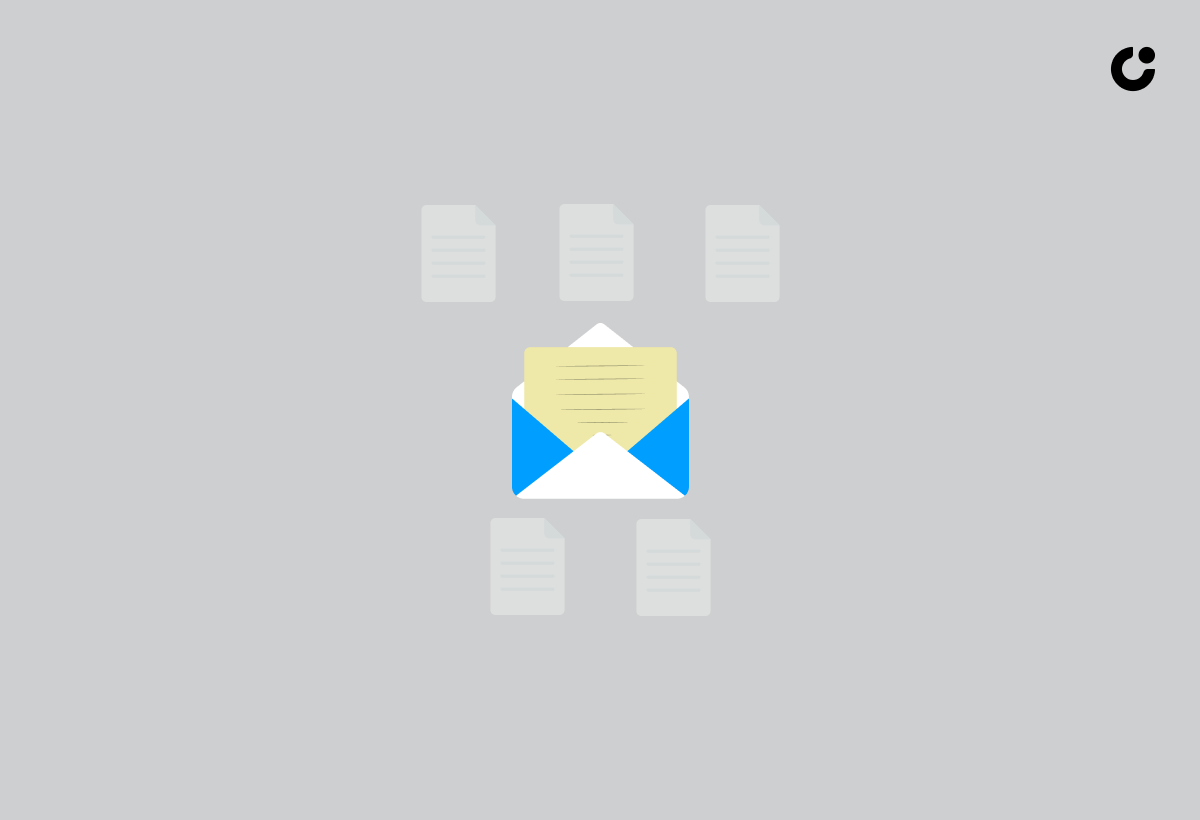
Utilize the following five high-converting cold email templates as a starting point for crafting your own cold emails to CEOs. These templates cover various scenarios, such as:
- Introducing yourself
- Proposing a solution
- Seeking advice
- Requesting a meeting
- Following up.
Adapting these proven templates to your specific needs can enhance the effectiveness of your cold email campaign and improve your chances of connecting with high-level decision-makers. Remember to personalize each template by addressing the CEO by name and referencing their company or industry. Additionally, ensure that your message is clear, concise, and focused on the benefits of your product or service. Collaborating with your marketing team can help you achieve these goals more efficiently.
Using these high-converting templates, coupled with the strategies discussed throughout this guide, equips you to craft compelling cold emails that resonate with CEOs and enhance your chances of a successful connection.
Summary
In conclusion, mastering the art of cold emailing CEOs requires understanding their mindset, crafting irresistible subject lines, building rapport, and crafting persuasive messages. By focusing on personalization, relevance, and brevity, you can create cold emails that capture the CEO’s attention and elicit a response.
Armed with this comprehensive guide, you are now well-prepared to craft cold emails that not only get opened but also forge connections with the most elusive CEOs. Embrace the challenge and elevate your cold emailing game to new heights.
Frequently Asked Questions
How do you cold email a CEO?
To cold email a CEO, personalize your message to show you have taken the time to get to know them, avoid being too pushy, and use a professional tone. Incorporate elements such as a strong subject line, personalized introduction, WIIFT (What's In It For Them), social proof to support WIIFT, a soft CTA, and a simple sign-off.
Should you cold email a CEO?
Yes, cold emailing a CEO can be beneficial if done with the right information and approach. Doing so could have significant rewards, as CEOs are often decision-makers with substantial purchasing power.
Is cold emailing illegal?
No, cold emailing isn't illegal, but businesses must follow anti-spam laws and regulations to avoid legal risks. Additionally, there is a risk of damaging the reputation of a business and a high unsubscribe rate if unsolicited emails are sent.
What is the optimal length for a subject line in a cold email?
The optimal length for a subject line in a cold email is between 2 and 6 words.
How can I demonstrate value in my cold email?
Highlight the benefits of your offering and show how it can solve problems or help the CEO achieve their goals by providing concrete examples. Use a professional tone to make a connection with the reader, and don't forget to include a clear conclusion in the first sentence.

